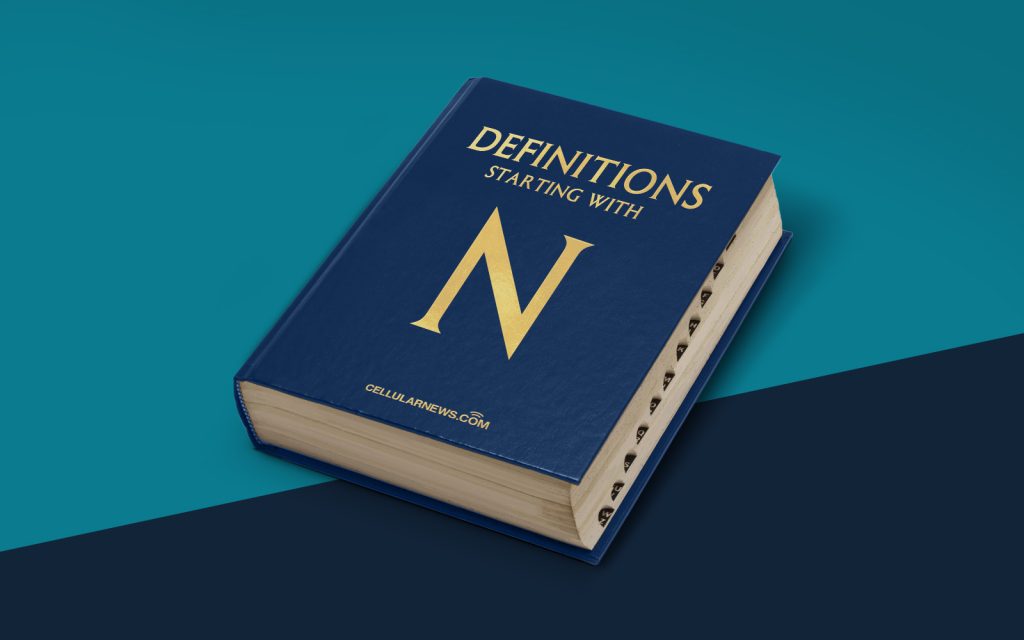
Greetings, fellow internet enthusiasts! Today we’re going to dive into the intriguing world of nagware. You may be wondering, “What is nagware?” Well, fear not, because I am here to shed some light on the subject.
Key Takeaways:
- Nagware is a software application that consistently reminds users to perform specific actions or purchase products/services.
- The main purpose of nagware is to encourage users to upgrade, make purchases, or perform desired actions that benefit the software developer or business.
So, What is Nagware?
Nagware is a term that refers to a software application or program that incessantly reminds users to take a specific action. The nagging aspect of nagware manifests in the form of pop-up windows, notifications, or alerts that persistently prompt users to perform a particular task or purchase a product or service.
Now, you might be thinking, “Why would anyone create such an irritating software?” Well, the answer lies in the intentions behind nagware. Developers often employ this type of software to persuade users to upgrade to a paid version, purchase additional features, or perform desired actions that benefit their business or revenue stream. The ultimate goal of nagware is to convert users into paying customers or drive certain behaviors.
Now that we’ve covered the basics of nagware, let’s delve a little deeper into its characteristics and how it affects users.
Characteristics of Nagware
Here are some key characteristics of nagware that can help you identify it:
- Persistent Reminders: Nagware is known for its relentless reminders that continue to appear until the desired action is taken. Whether it’s a constant pop-up window or repeated notifications, nagware makes sure you don’t forget about the task at hand.
- Limited Functionality: In some cases, nagware may come in the form of a free version of software that lacks certain features or capabilities. This limited functionality serves as an incentive for users to upgrade to the paid version.
- Subtle Pressure: Nagware often uses persuasive language or emotional appeals to create a sense of urgency or FOMO (fear of missing out). Messages like “Limited-time offer!” or “Don’t miss out on this amazing deal!” are commonly used to push users towards the desired action.
- Clever Design: Nagware is designed to catch your attention and disrupt your workflow. Whether it’s an obtrusive pop-up window or a persistent notification, the design aims to make it hard to ignore or dismiss.
As you can see, nagware can be quite persistent and, well, naggy. While some users may find it bothersome, others may see it as a helpful reminder to take action. Regardless of how you feel about it, it’s essential to be aware of its presence when using certain software or applications.
Conclusion
Nagware is a software application that keeps reminding users to perform specific actions or make purchases. Its purpose is to encourage users to upgrade, buy additional features, or undertake desired actions. While nagware can be quite persistent and sometimes annoying, it’s important to understand its intentions and how it can impact your user experience. Next time you encounter nagware, you’ll have a better understanding of what it is and why it exists.
